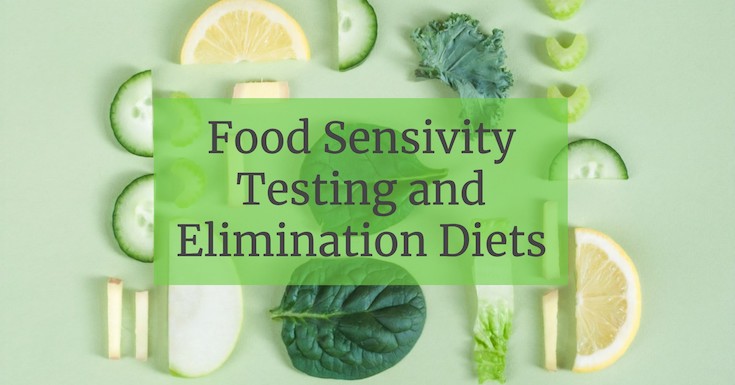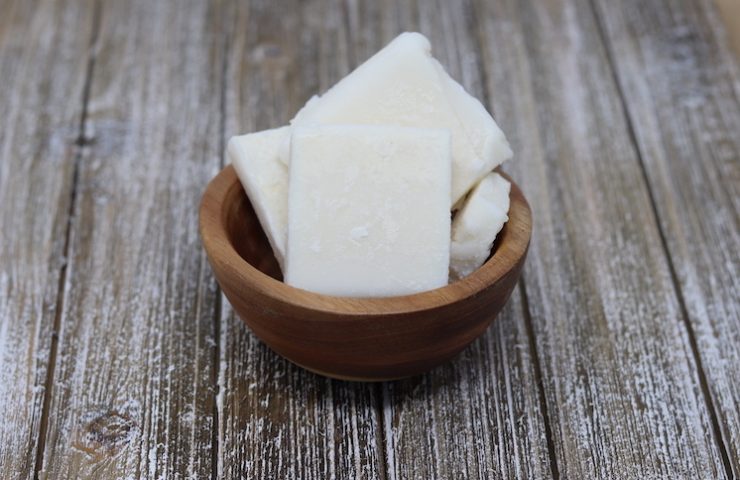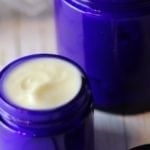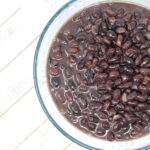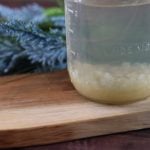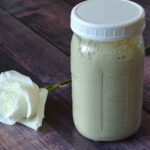If you hav been reading this series, you may realized that many of your symptoms are caused or exacerbated by food sensitivities. Now you just need to figure out WHICH foods are causing you problems! How do you do it? Well, there are a few ways to go about this. As with most things in life, work, time, and resources will determine which path you choose.
This is the final post in my series about food sensitivities. All posts were updated with the latest information on 5.30.23.
If you would like to read the others they are:
Food Sensitivities, Food Intolerances, and Food Allergies: What’s the Difference?
Food Sensitivities and Your Immune System: Why You Shouldn’t Ignore Your Symptoms!
How to Avoid Getting Food Sensitivities
Food Elimination Diets Benefits:
Diets like Autoimmune Paleo (AIP) Gut and Psychology Syndrome (GAPS), or even the basic removal of the “nasty nine” (gluten, dairy, corn, eggs, soy, food additives, peanuts, and citrus), help you to find out which foods you are reacting to by eliminating a whole bunch of foods for 1-3 months and often more.
The benefit of this approach is that it doesn’t cost any more than buying some different foods to eat while you are removing others.
Food Elimination diet drawbacks:
- Removal of non-problematic foods due to inaccuracy: You may end up removing a whole bunch of foods that you are not reacting to, making the very restricted diet an unnecessary hardship, and adding unneeded stress to your life.
- Increased inflammation due to inaccuracy of foods removed: You most likely will not end up eliminating all the foods you are reacting to which will make it extremely hard, if not impossible, to heal your gut. Some of the foods you are reacting to may be consumed in large quantities now that you have eliminated a whole bunch of other foods. If you are reacting to let’s say broccoli, and you start eating broccoli 4 or 5 times a week on your elimination diet, you run the risk of increasing inflammation in your gut rather than decreasing it so that you can heal it.
- Time: This way of eliminating can take a lot of time! Not only because you may be taking two steps forward and three steps back as mentioned above, but you must eliminate all of the foods for at least a month (longer for GAPS) and then slowly re-challenge them to see if they are a problem for you. Also, since you will likely still be eating foods that are inflammatory to you and causing you symptoms, it will be more difficult to determine whether an eliminated food is safe or not upon challenging that food back into your diet.
- Restriction and Missing Out: During this time, it may be hard to attend social occasions unless you bring your own food.
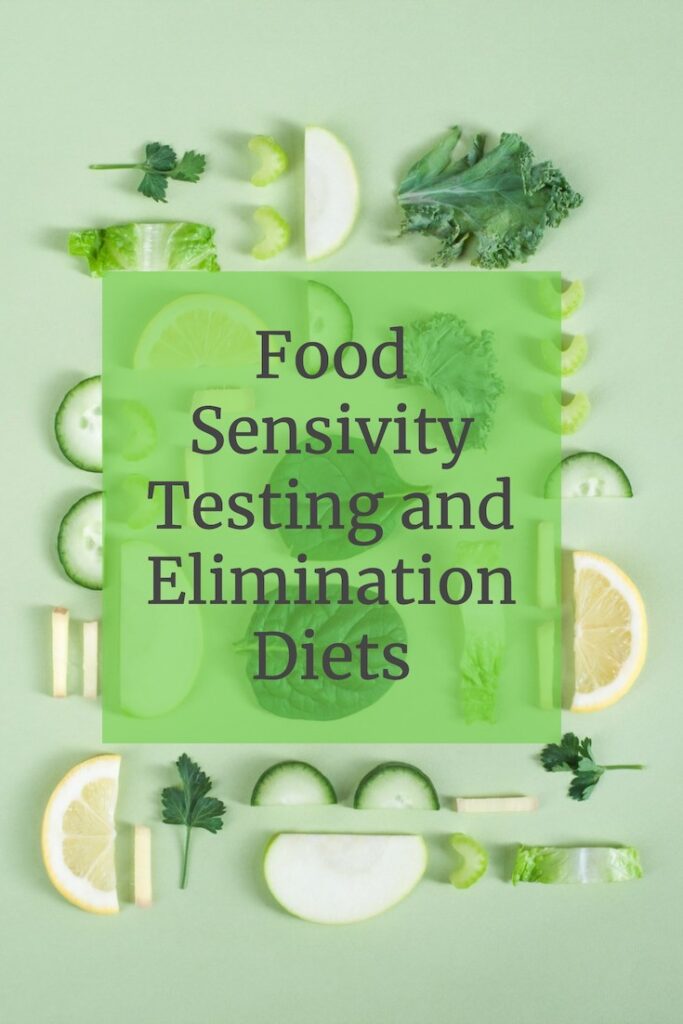
Food Sensitivity Testing Drawbacks:
- There are many inaccurate tests on the market: Most food sensitivity tests are testing to see if you have an antibody to a certain food (usually IgG but occasionally IgM). There are a couple of problems with this method. The first is that there are many ways to react to a food (cytokines, prostaglandins, other antibodies, etc.). So this allows for many FALSE negatives. Also, IgG can be present even when the body is not reacting to a food. This can lead to FALSE positives. Most food sensitivity testing out there is only 60% accurate! You would have almost as good of a chance of flipping a coin as you down down a list of foods.
- Cost: Food sensitivity tests are not cheap and they are usually not covered by insurance. Tests like the Elisa (that only test one antibody) are usually about $150 (and that’s for 60% accuracy!) The MRT (discussed below) is $325. With the tests, you also need to factor in either doctor visits or a visits to other health practitioners.
- Long-term removal of foods leads to an extremely limited diet: People often completely stop eating a food once they see it come up on a food sensitivity test. This is not the point of food sensitivity testing! You only need to temporarily remove the offending foods while you work on healing your gut and rebalancing your microbiome. Then, you challenge each food to see if you have healed the sensitivity.
Homeopathy for Healing Food Sensitivities:
Homeopathy offers several ways of dealing with food sensitivities.
- Phenolic Therapy
- Banerji Protocols
- Classical Homeopathy
- Antidoting/Tautapathy
Benefits of Homeopathy for Healing Food Sensitivities:
- Extremely inexpensive! Homeopathy is one of the most affordable forms of medicine there is! (It is also the second most used medicine in the world!) A Homeopathic Remedy tube is generally about $10-$12. Or you can buy a Homeopathy kit and save even more money. Plus, you don’t have to spend any money on food testing.
- Less stress, less deprivation: You can work on a handful of sensitivities at a time instead of eliminating most of the foods you currently eat. This means that eating over at friends’ houses and going out to dinner is still on the table!
- Phenolic Therapy and Banerji Protocols offer long-lasting results.
If you end up deciding you would like to address your food sensitivities, intolerances, or allergies with homeopathy, you can book a free discovery call with me to see if we would be a good fit to work together.
Either way, best of luck investigating and healing your food sensitivities. Once you address your food sensitivities, not only will your symptoms go away, but you can expect drastic improvements in your health and energy.

